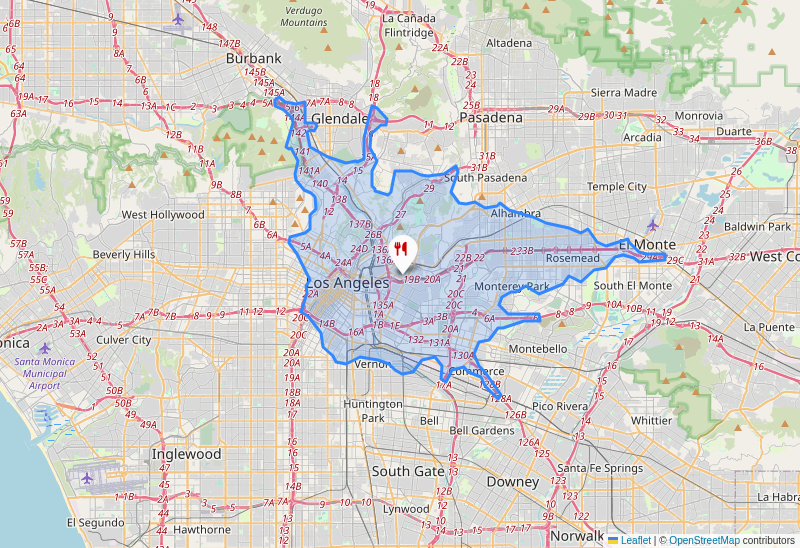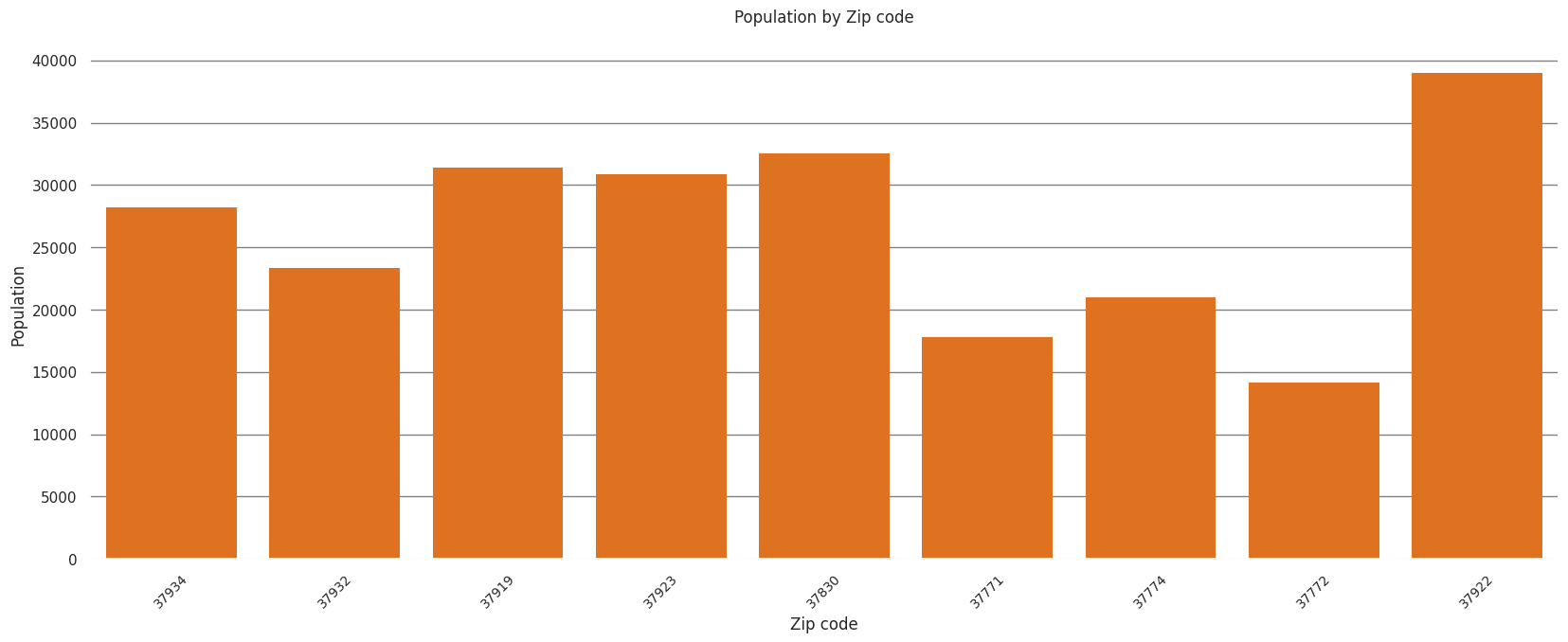
From Gut Instinct to Grand Opening:
How Market Data Can Make or Break Your Restaurant
Ever dream of opening a new restaurant or taking your existing one to the next level? The food industry is full of passion, creativity, and incredible opportunity, but it’s also one of the most challenging landscapes to navigate. The difference between a thriving business and a "for lease" sign often comes down to one thing: a deep, data-driven understanding of your market.
The two example location intelligence reports we have on our website shows two comprehensive market reports—one for a growing suburb in Tennessee and another for Los Angeles, a bustling metropolis in California—to show how a strategic, analytical approach can be your secret ingredient for success. The insights from these reports can be applied to any market, helping you identify opportunities, attract customers, and grow your bottom line.
1. The Crucial First Step: Know Your Market
A restaurant isn't just about the food; it's about the customer. Before you even finalize a menu or choose a location, you need to answer a fundamental question: Who is your target customer, and what do they want?
PICCKI's location Intelligence reports provide a detailed look at the demographics of a specific area. For example, the report on Farragut, Tennessee, highlights a population with a median household income well over $100,000, indicating substantial disposable income for dining out. This affluent, educated population appreciates diverse cuisines, healthy options, and unique concepts. They are a prime market for an upscale casual concept, a specialty ethnic restaurant, or a health-focused eatery.
In contrast, the Los Angeles, California report underscores the importance of hyper-local market research. Los Angeles is not a single market but a collection of distinct neighborhoods, each with its own demographics and dining preferences. A vegan cafe might thrive in Silver Lake, while a steakhouse is better suited for Beverly Hills.

This image represents a "Region of Influence" map from the Los Angeles report, showing how to define your targeted customer area.
2. Location, Location, Location: Visibility vs. Community
The old real estate adage holds true for restaurants, but it’s more nuanced than you might think. Location isn't just about an address; it's about accessibility, visibility, and synergy with the surrounding area.
The Farragut report emphasizes the importance of visibility and traffic on its main commercial corridor, **Kingston Pike**. A location here offers excellent visibility and draws a large volume of potential customers from surrounding shopping centers and offices. However, ample parking is crucial for a car-centric area like this.
The Los Angeles report provides a breakdown of different location types and their pros and cons. High-traffic urban centers like Hollywood or Downtown LA offer immense foot traffic from tourists, office workers, and residents, making them ideal for high-concept fine dining or trendy fast-casual spots. However, these locations come with extremely high rent and significant parking challenges.

This image represents a bar chart from the Farragut report, showing population by zip code to help identify high-potential markets.
3. The Art of Differentiation in a Competitive Market
Our reports highlight an undeniable truth: the food service market is intensely competitive. In Farragut, the landscape is robust with national chains and established local favorites. In Los Angeles, the market is saturated, and standing out is paramount.
Your brand's unique selling proposition (USP) is what will set you apart. Our report offers a list of potential differentiators based on your location, some examples include:
- A niche cuisine that is currently underrepresented.
- A unique dining experience or theme.
- A focus on superior quality ingredients or a farm-to-table approach.
- Exceptional service that builds loyalty.
- Filling a specific market gap, such as an underserved price point.
- A health-focused concept catering to specific dietary needs (gluten-free, vegan).
4. Navigating the Business Landscape: Costs and Regulations
Beyond location and concept, a successful business plan must account for the operational realities of the market. The Los Angeles report provides a sobering look at the challenges, including extremely high costs for rent, labor, and utilities. It also warns of a notoriously complex permitting process that can be a "bureaucratic nightmare," leading to delays and unexpected costs.
For any business owner, this means due diligence is not optional. You must:
- Develop realistic financial projections that account for high estimates on key operational costs.
- Thoroughly check zoning and permitting requirements before you sign a lease.
- Engage with professionals like a commercial real estate broker, a land-use attorney, or a restaurant consultant.
- Visit a potential site multiple times on different days and at different times to get a true feel for its activity.
Final Takeaways for Your Restaurant's Success
The path to profitability and brand visibility is built on a foundation of sound, strategic planning. Our reports will help you gather some key takeaways:
Define your concept with precision: Who are you, what makes you different, and who do you serve?
Invest in hyper-local market research: Go beyond simple guesswork and use data to understand your target audience and the competitive landscape.
Choose a location that aligns with your concept and budget: Don't just pick a big city; find the perfect neighborhood for your brand.
Create a robust business plan: Account for the operational realities of high costs and complex regulations.
Focus on differentiation and operational excellence: In a crowded market, standing out isn't an option; it's a necessity for survival.
By treating your restaurant like a meticulously researched business venture, you're setting yourself up not just to survive, but to truly thrive.